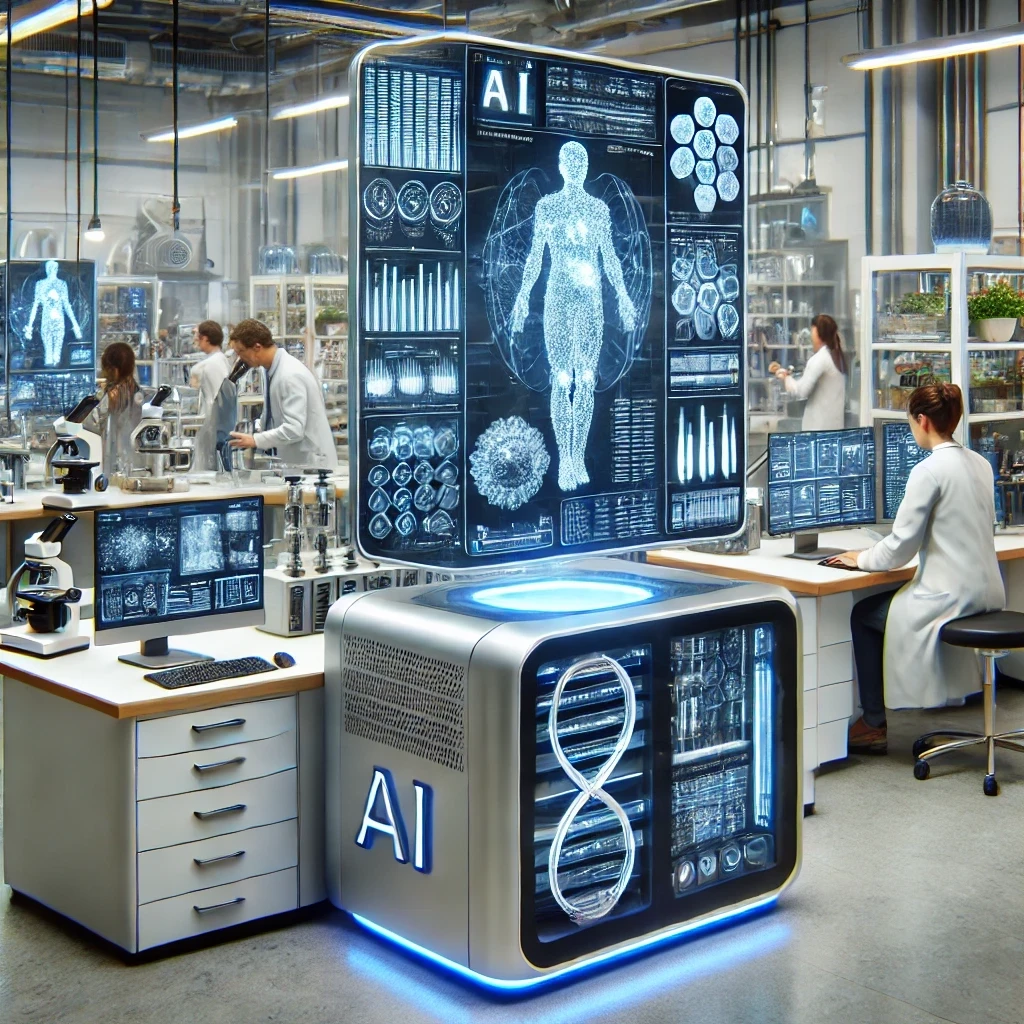Exciting elixirs in the oncology pipeline
Add bookmarkCancer is one of the leading causes of morbidity and mortality worldwide, with approximately 14 million new cases in 2012. The number of new cases is expected to rise by about 70% over the next 2 decades.
According to the World Health Organization, around 1/3 of deaths from cancer are due to the five leading behavioral and dietary risks: high body mass index, low fruit and vegetable intake, lack of physical activity, tobacco use (the most important risk factor for cancer and is responsible for approximately 22% of cancer deaths [1]), and alcohol use. Furthermore, cancer-causing infections, such as hepatitis and human papilloma virus (HPV), are responsible for up to 25% of cancer cases in low- and middle-income countries [2].
The economic impact of cancer is significant and increasing. The total annual economic cost of cancer in 2010 was estimated at approximately 1.16 trillion US dollars. Only 1 in 5 low and middle income countries have the necessary data to drive cancer policy.
Innovation remains particularly evident in the oncology area, where exciting new medications have been entering the market at a very high speed since early 2014 and 2015, with many more drugs currently in various phases of development. However, innovation comes at a cost, and the price of cancer drugs continues to be a significant obstacle for patients and for payers [3].
According to the Pharmaceutical Research and Manufacturers of America (PhRMA), 771 new drugs and vaccines are in development by US companies; these agents are either in clinical trials or have been already submitted to the FDA for review . Of these new drugs and vaccines, 98 are being developed for lung cancer, 87 for leukemia, 78 for lymphoma, 73 for breast cancer, 56 for skin cancer, 48 for ovarian cancer.
Overall, 3137 clinical trials for cancer drugs are being conducted in the United States. Among these, 1313 are ongoing and are no longer enrolling new patients4. It is an impressive list of therapies, some with new mechanisms of action that may bring significant changes to cancer care [3].
In the last few years, science is now teaching us that diseases, particularly cancer, can have a molecular or genetic basis. The successful application of this new knowledge is already occuring within cancer drug screening and development according to Dr Gregory A. Curt, Clinical Director of the National Cancer Institute [5]. One of the most exciting therapies today in cancer drug development involves immunotherapies, which have the potential to bring significant improvements in outcomes, prolonged survival, and progression-free survival, as well as reduced side effects [3]. In addition, personalized cancer medicines including targeted therapies are the state of the art.
Today, the main drug pipeline is filled with immunotherapies which represent a variety of mechanisms of action such as the PD-1 antibodies, several anti-CD monoclonal antibodies, new HDAC inhibitors, novel agents targeting different proteins and mutations, new TKIs and other multikinase inhibitors [3].
Nevertheless, combination therapies may indeed be the way of the future for cancer care, with the FDA continuing to approve new combination regimens that improve outcomes and prolong patients’ lives but challenges persist in order to understand the role of immunotherapies in cancer care [3].
The Vice President of Clinical Research at Merck & Co, Dr. Alise Reicin said, “We think the immune system does recognize cancer, and there is probably something called immune-editing going on, where the immune system finds the cancer and begins the process of trying to kill the tumor. But we’re learning that tumors have developed ways to cloak themselves and deactivate the immune system. Tumors start to express a protein PD-L1 or PD-L2. These proteins interact with the protein on the T-cells, and they are able to deactivate the T-cells so that it no longer recognizes or kills the tumor”.
It may take some time before the full potential for controlling the various mechanisms of immunotherapy to kill cancer cells is fully understood and could be successfully translated into cure. But, as we can observe, huge progress can be seen in the oncology pipeline and in new therapies approved by the FDA for multiple indication. Immunotherapies against cancer are helping to chart new ways to tame cancer cells in order to change the outlook for patients [3].
The following pieces in this series will focus on personalized cancer medicine including targeted therapies and the role of genetics – could DNA mutations be the cause of cancer?
Resources























